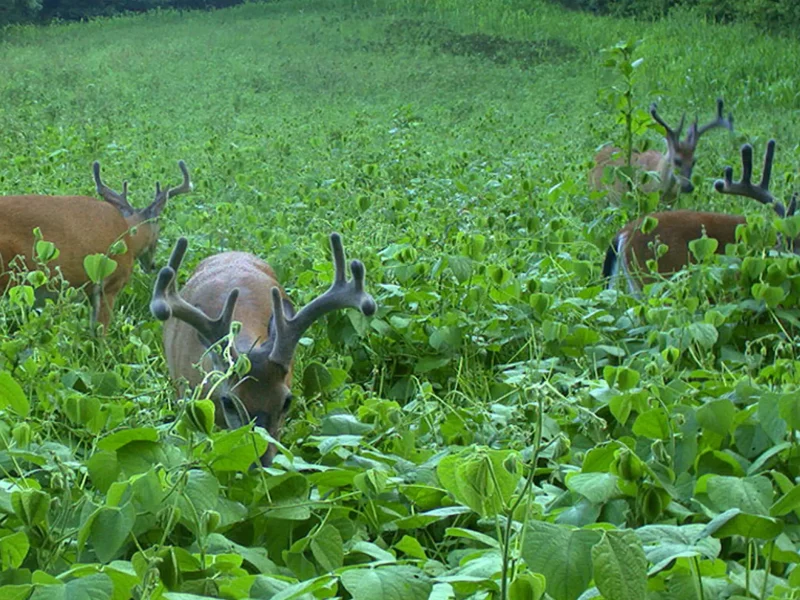
Food Plot: Forage to Attract Wildlife
If you fall in the league of landowners who want to attract wildlife and birds to the property, then cultivating food plots is an excellent idea. It is an agricultural crop or forage cultivated for wildlife living in the surrounding landscape. Though food plot is easily reachable by wildlife, it may not be a staple diet for them. Wildlife habitat has four crucial aspects: food, water, cover and space. At the same time, assessing a particular habitat for a specific species, you need to understand which of the four components is absent or restricted. Usually, the most pressing is the need for space and cover; food is available to them more often.
The Mixed Cultivation
So, the primary objective of a food plot is to attract the nearby wildlife to the premises rather than a requisite for wildlife. That said, the food plot becomes a comprehensive and integral part of a management plan for any land where the owner wants to watch or hunt wildlife. The food plot seeds you select depend on which species of wildlife you are interested in. For instance, the South Texas Dove and Quail mix attracts dove and quail in the neighboring region. Mixed cultivation provides more balanced nutrition to the species rather than a single crop.
Peredovik Sunflower
If you want the space to be visited by white-tailed deer, then plants that deliver green browse almost all through the year are recommended. Seeds of peredovik sunflower germinate in ninety to hundred and twenty days into four to five feet tall plants. Deer enjoys the young plants and is a nitrous, high-energy fodder for birds. Among the sunflower seeds, this variety is most popular as its oil content is higher than other species and attracts song and game birds in the plot.
Japanese Millet
Japanese millet is a warm-season perennial plant that grows up to three–four feet tall and grows in warm soil where the earth’s temperature is 650 F or more. Seed heads of fully-grown plants are a grand source of food for turkeys, pheasants, doves and ducks. The PH range for Japanese millet is 5.5 to 7, and the soil type is moderately drained to wet. Brown top millet is a warm-season plant that grows to a height of two to three feet. This millet is tender green at the initial stage, and later in spring, it attracts loads of insects. This plant can be cultivated in sandy soil with low fertility. The short stature of brown top millet attracts wild turkeys in the spring season, and male ones often use the plot for strutting. The high insect biomass provides adequate food for growing turkey chicks.
Time of Planting
The time of planting food plot seeds depends on the species of the plant to be cultivated. For spring season grains and millets, April and May is the ideal time. Precise timing is not as important for food plots as it is in agricultural harvesting. In the warm season, you could plant different types of millets, red grain sorghum, alfalfa and iron and clay cowpeas. In winter, hub, crimson and arrow leaf clover are great fall/winter food plot species. The cost of a food plot varies depending on what you cultivate, equipment cost, herbicides and soil management.




